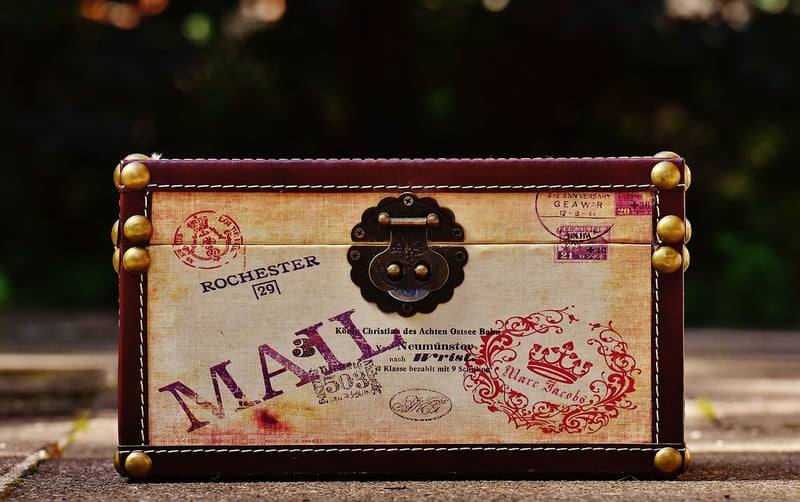Causality Loophole Closure
Avoiding Timeline Issues and Closing Causality Loopholes
Time travel has always been a fascinating concept in science fiction, but it often comes with complex challenges, such as timeline issues and causality loopholes. In this article, we will explore ways to avoid these problems and ensure a more coherent narrative when dealing with time travel in storytelling.
1. Establish Clear Rules
When introducing time travel in a story, it's crucial to establish clear rules that govern how it works. Whether it's the butterfly effect or parallel universes, having defined parameters can help prevent inconsistencies and paradoxes.
2. Maintain Internal Consistency
Consistency is key when handling time travel. Ensure that events remain logical and follow the rules set within your story's universe. Avoid sudden changes in how time travel operates to maintain coherence.
3. Use Multiverse Theory
Embracing the concept of multiverse theory can provide a useful framework for navigating time travel complexities. By having multiple timelines or parallel universes, you can avoid direct causality loops and paradoxes.
4. Close Causality Loopholes
Identify potential causality loopholes in your story where events could create paradoxes. By addressing these loopholes through clever plot devices or character actions, you can maintain a more grounded narrative.
5. Plan Ahead
Before incorporating time travel into your story, carefully plan the implications it will have on the plot and characters. Anticipating how changes in the timeline will affect the overall story can help you avoid inconsistencies later on.
6. Seek Feedback
Once you have written your time travel narrative, seek feedback from beta readers or fellow writers. External perspectives can help identify potential timeline issues or causality loopholes that you may have overlooked.
Conclusion
Time travel storytelling can be a rewarding creative endeavor, but it requires careful attention to detail to avoid timeline issues and causality loopholes. By establishing clear rules, maintaining consistency, and planning ahead, you can create a compelling narrative that stands up to scrutiny.

Remember, the key to successful time travel storytelling lies in thoughtful world-building and a deep understanding of the consequences of altering the past, present, or future. With these tips in mind, you can craft a time travel tale that captivates readers and avoids the pitfalls of paradoxes and inconsistencies.
